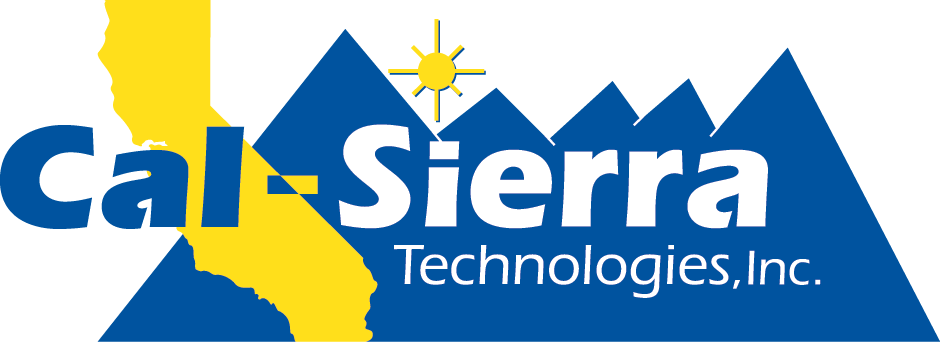
Enterprise mobility has changed. Are you up to date—or falling behind?

The power of mobile technology keeps gaining strength. Workers have disconnected from the power source but have built stronger communication. Mobility is on the move, with innovation driving more ways to increase productivity. Enterprise mobility has changed significantly, just over the past few years. Are you up to date—or falling behind?
Before you dismiss the question, consider the potential.
With better connectivity, your workers don’t experience downtime from a dropped connection. They can reach the people and data they need in an instant, even when they’re roaming through a crowded warehouse, in the yard, on the loading dock, or out in the field servicing a customer who needs an immediate response. What is the lack of a fast, reliable connection costing you in worker productivity?
More Advanced Barcode Scanning

More advanced barcode scanning means that a barcode can be read instantly the first time. With the right barcode scanners (powered by the right scanning engine), you can read a barcode from as close as a quarter of an inch to as far away as 70 feet! Capture 1D and 2D barcodes on an electronic screen or printed, even those barcodes that are damaged, dirty, smudged, scratched, or covered with shrinkwrap or frost. A better barcode scanner can grab more barcodes at once. Read an entire pallet in one trigger pull. How much time would it save your workforce if they could scan with this accuracy and speed?
As support for Microsoft CE/Windows Mobile comes closer to the end, you need to make decisions on an enterprise operating system. Today’s enterprise mobile computers are ready for this change. Zebra, for example, ships its mobile computers with Mobility Extensions, a fortified Android, already installed. Right out of the box, this device is equipped with a powerful, secure, and manageable OS. Will your legacy devices allow you to smoothly transition in the OS migration, or will they require you to invest more time and money into sustaining them?
Ease of Use Is Another Issue

Today’s purpose-built mobile devices are designed and engineered with the user and functionality in mind. Mobile computers, like the Zebra TC51 and TC25, present the sleek look of a consumer smartphone and feature the same easy-to-use touchscreen. But they’re powered up to function for greater efficiency. You can customize the keyboards to make it one-touch easy to access the apps you need most often. The screens are tough and sensitive enough that your workers can use them in cold storage and with a gloved finger. How much extra effort is spent on accommodating the limitations of your legacy devices?
Mobile Device Management

Mobile device management is another consideration when you’re hesitating about investing in new technology. Your IT team spends extra time troubleshooting a legacy device or consumer device in a BYOD environment. While they’re occupied with monitoring a diverse array of users, devices, and apps, your team is in reactive mode, rather than proactively looking at how to improve your network, like enhancing security and building a stronger IT infrastructure to manage the growth. Is it a smart labor investment to pay for troubleshooting when you could streamline the system with more advanced technology?
You don’t have room in your operation for inefficient processes, but if you’re still clinging to outdated technology, that’s what you have. Legacy devices that cripple your productivity are creating a higher total cost of ownership. Take a look at your equipment—or let Cal-Sierra provide an objective assessment. We’ll give you direction on the best ways to make changes that matter to gain the results that drive results and ROI. Contact us to get started.
